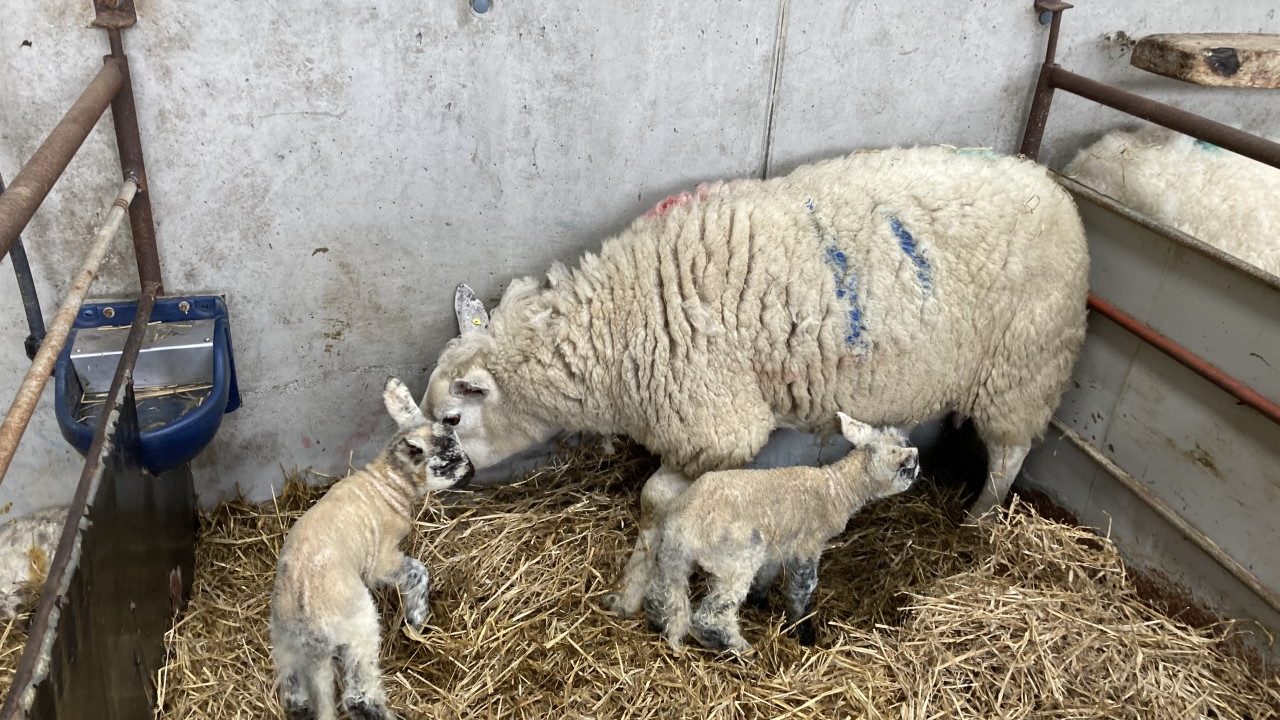For some early-lambing flocks, the first ewe has dropped, while for others, it’s a case of just being patient.
If you haven’t done so already, before lambing starts, it is important to stock up on a few essential items that will make life easier at lambing time.
It’s important to have the lambing shed ready, with individual pens that are covered in lime and straw.
Listed (below) are some items that will come in handy during the lambing season.
These include:
- Towels and disposable gloves;
- Iodine solution;
- Lubricant;
- Stomach tube and syringe;
- Milk replacer;
- Straps – for prolapsing ewes;
- Rubber rings;
- Marking sprays;
- Straw and lime.
Having the essentials at the ready
By stocking up on essential items, you will end up saving yourself time at lambing time, which will help reduce stress levels.
It is important that farmers keep lambing pens clean and apply fresh straw and lime after every use. Issues such as joint ill are quite common if pens are dirty, as lambs can pick up infections through their navel.
To combat joint ill, it is best practice to dip a lamb’s navel in iodine. Dipping can be a much more effective way of applying iodine compared to spraying it on – as spots of the navel might not get covered in iodine.
Stocking up on substitute colostrum is also important as some ewes may not have enough colostrum to feed their lambs, which can often be the case if a ewe is carrying two or more lambs.
A stomach tube is a vital component of any farmer’s lambing equipment. Some lambs that are born may be lethargic and unable to suckle their mother, therefore, they will need to be tube-fed, so it is important to keep a tube close by.
The stomach tube should be disinfected and washed after each use to avoid passing any infections from one lamb to the next.
To limit the risk of spread of infection in the lambing shed, it is important that farmers don’t reuse disposable gloves. If gloves are used to help a ewe lamb down, then they should be disposed of straight after and not used again on another ewe.
Keeping a supply of rubber rings is handy for docking lambs’ tails and ringing ram lambs. However, it is important to do this job while they are in the shed and are monitored for at least 24 hours after applying for any signs of discomfort.
